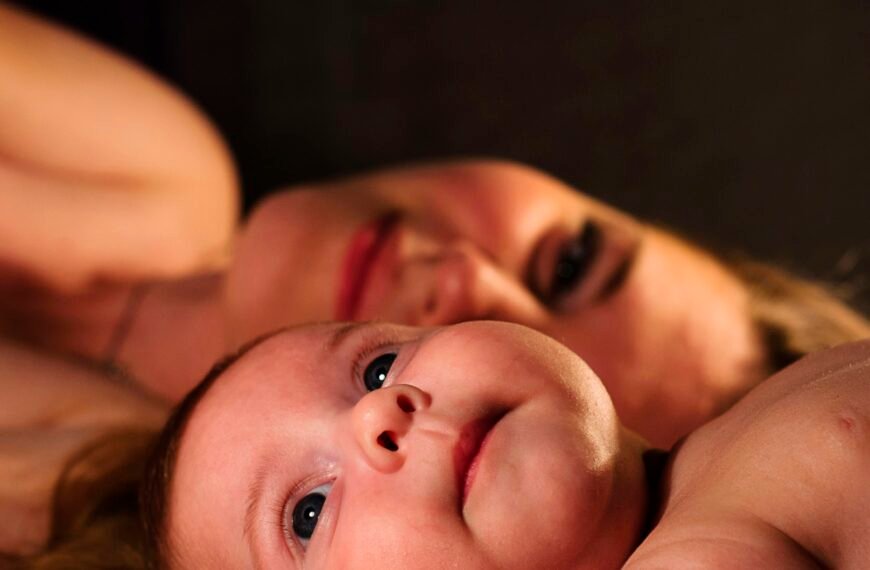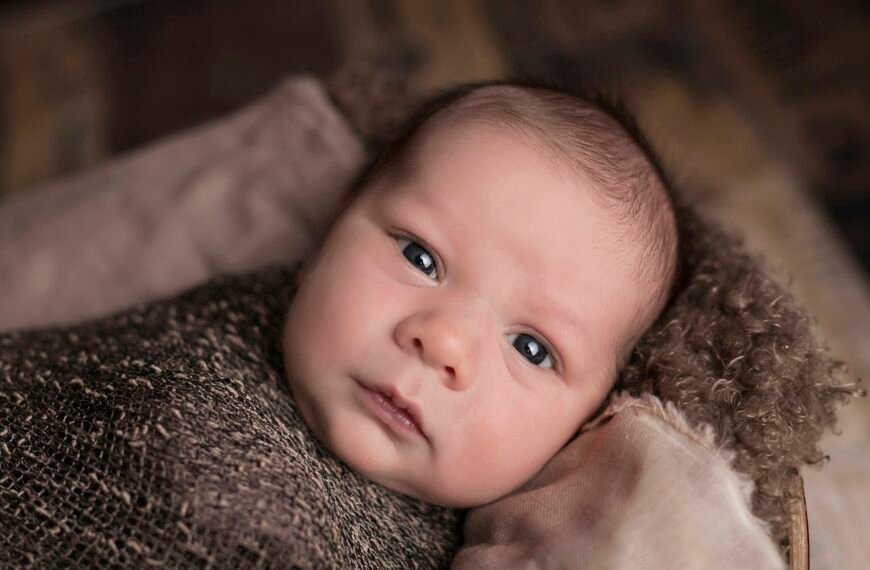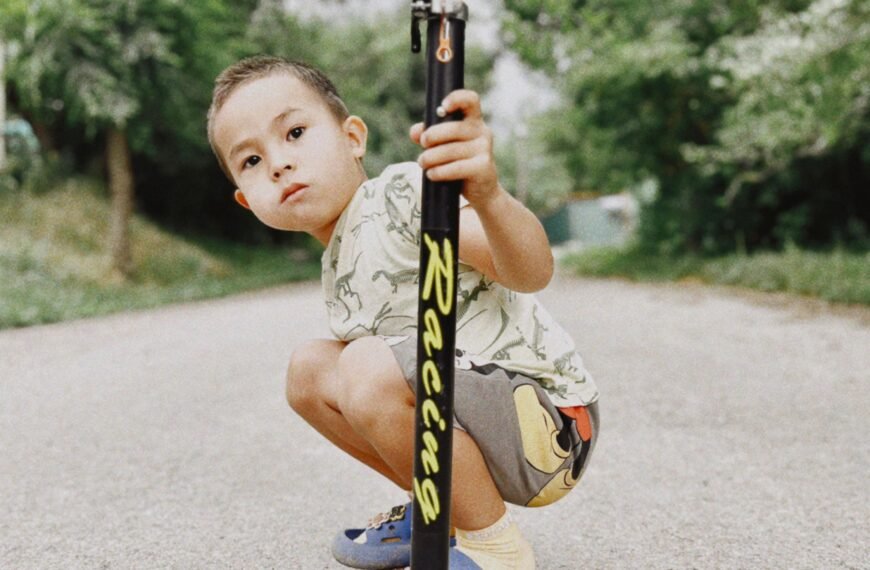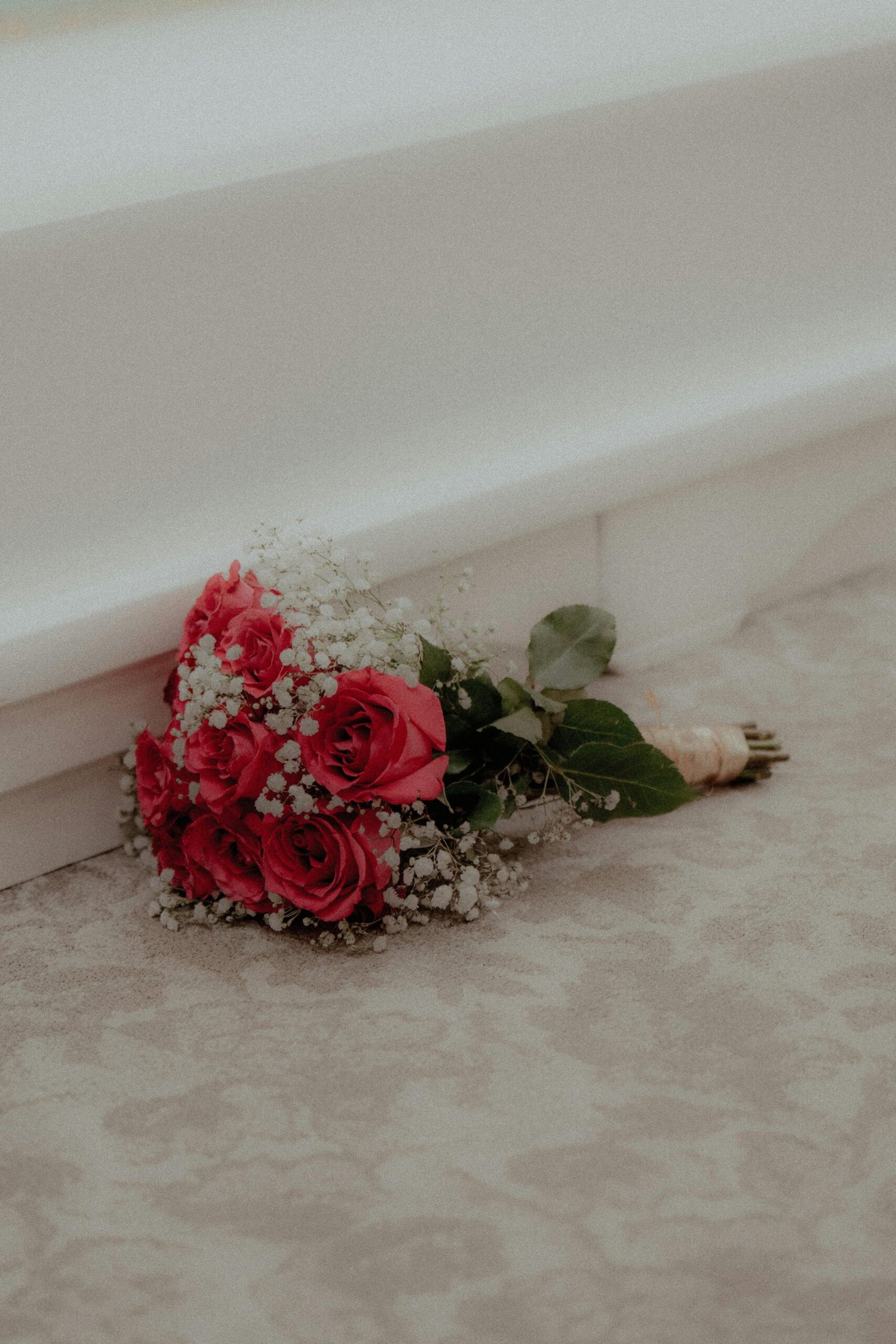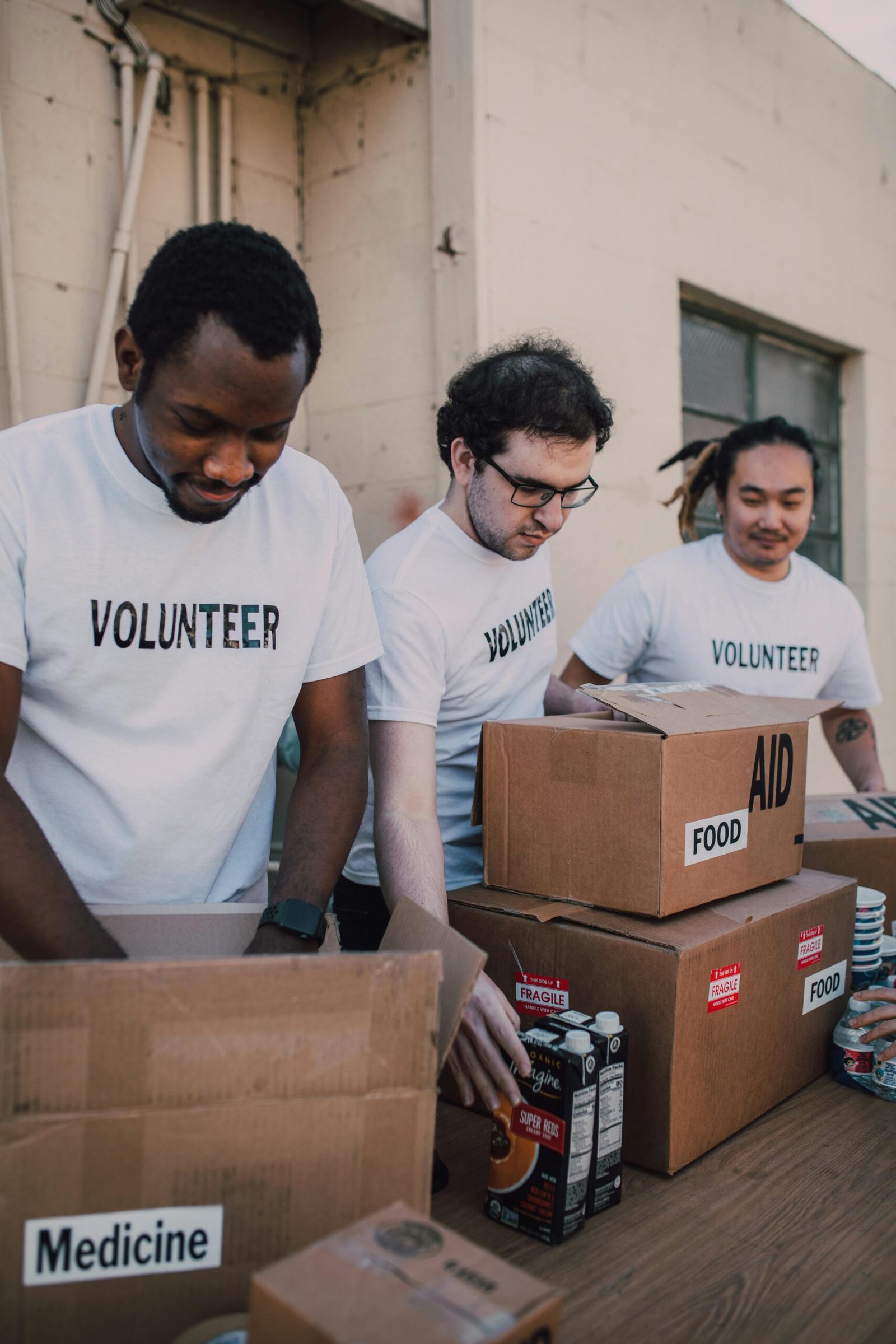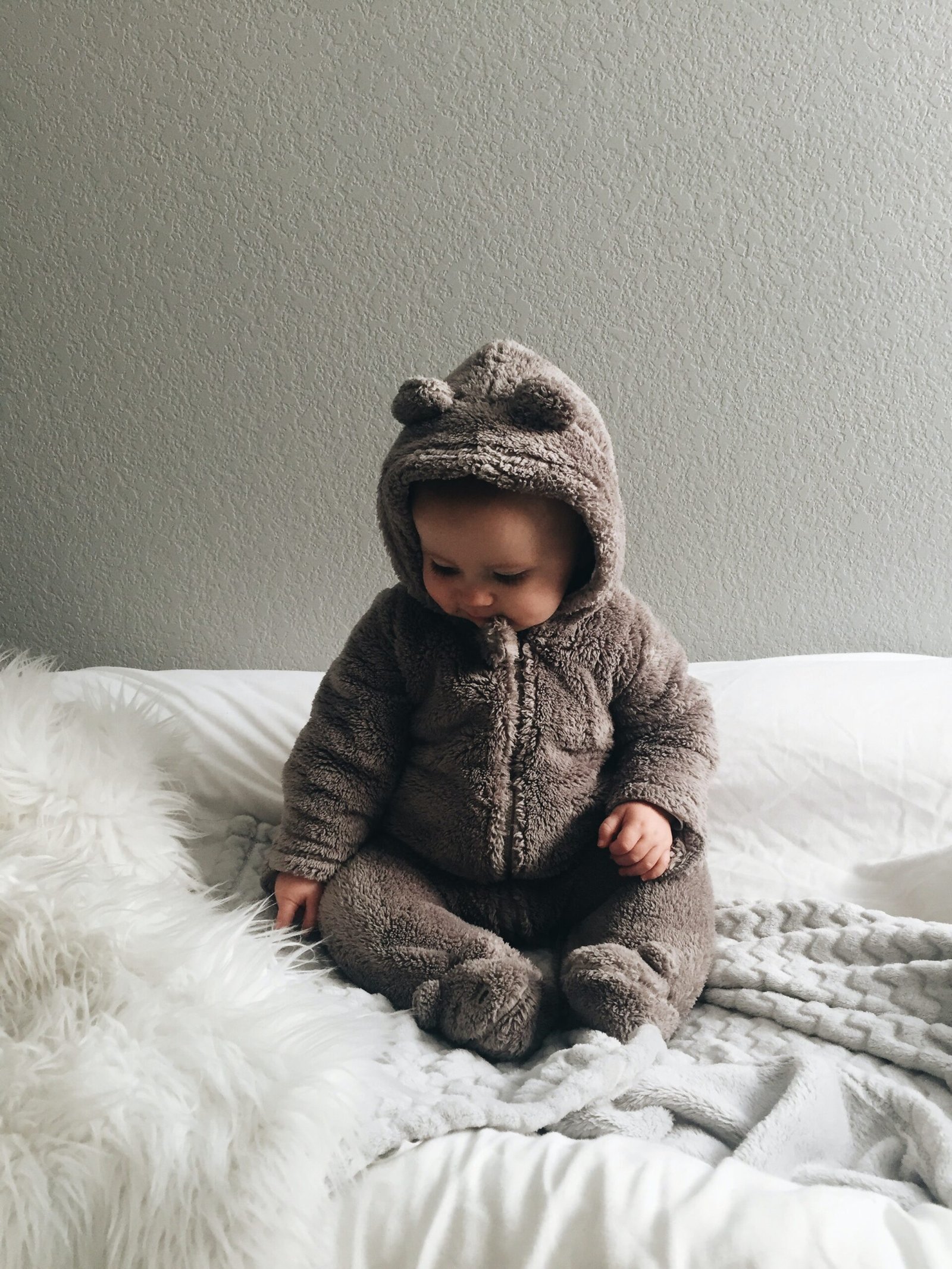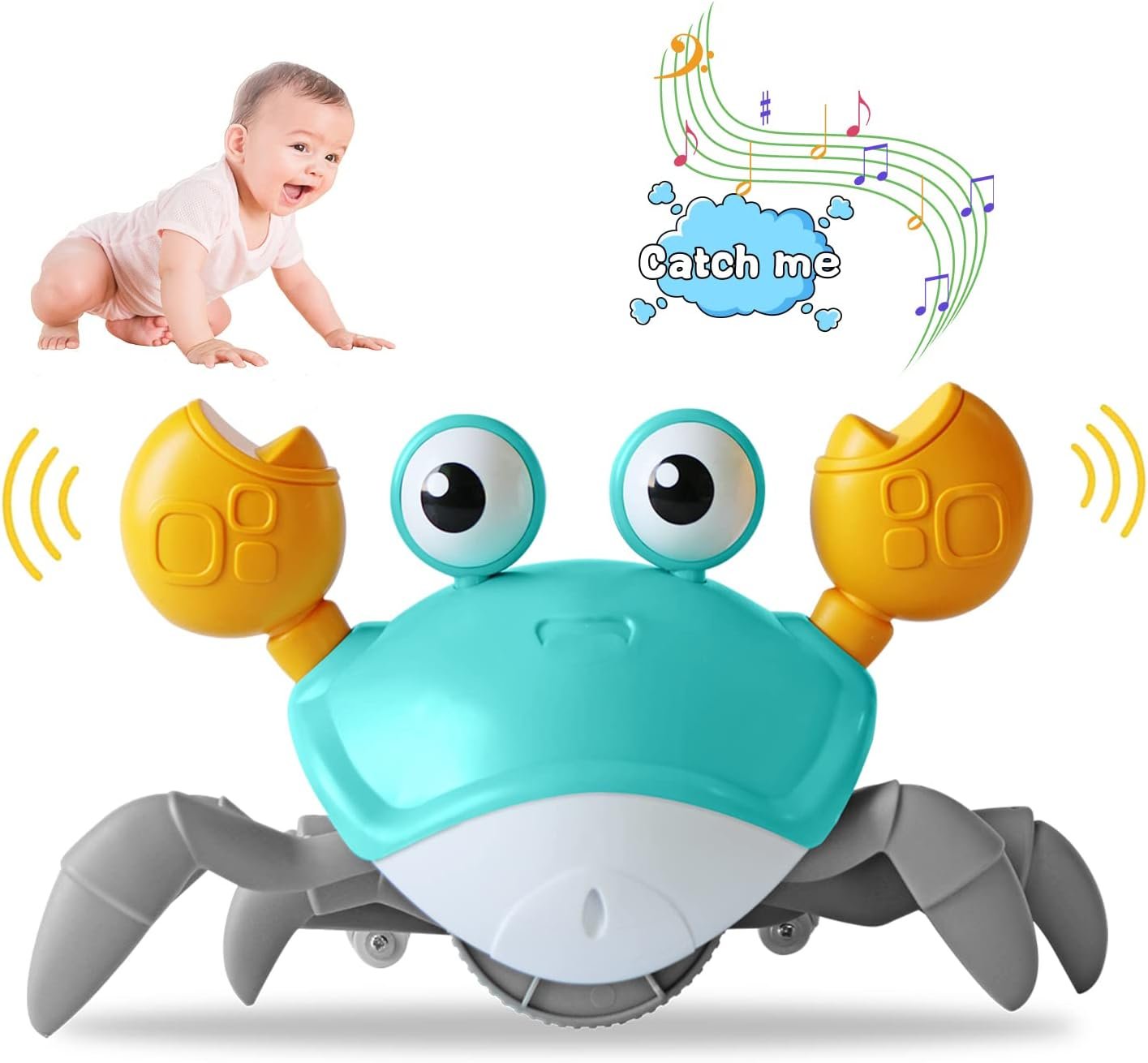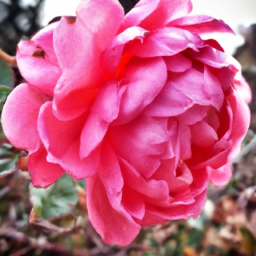If you’ve ever wondered how to effectively clean your baby’s toys, look no further. In this article, you’ll discover easy and practical tips on how to wash baby toys to keep them germ-free and in great condition. From plush toys to plastic ones, we’ll guide you step by step on the best methods to ensure your little one’s toys are clean and safe to play with. Say goodbye to sticky residue and hello to squeaky clean toys that your baby will love!
Check Baby Toys Guide & Review
Materials Needed for Cleaning Baby Toys
To properly clean your baby’s toys, you will need a few materials. These include water, mild dish soap, white vinegar, baking soda, a soft cloth or sponge, a bucket or sink, rubber gloves, an old toothbrush, clean towels, and optional disinfectant spray. These items will help ensure that your baby’s toys are thoroughly cleaned and safe for them to play with.
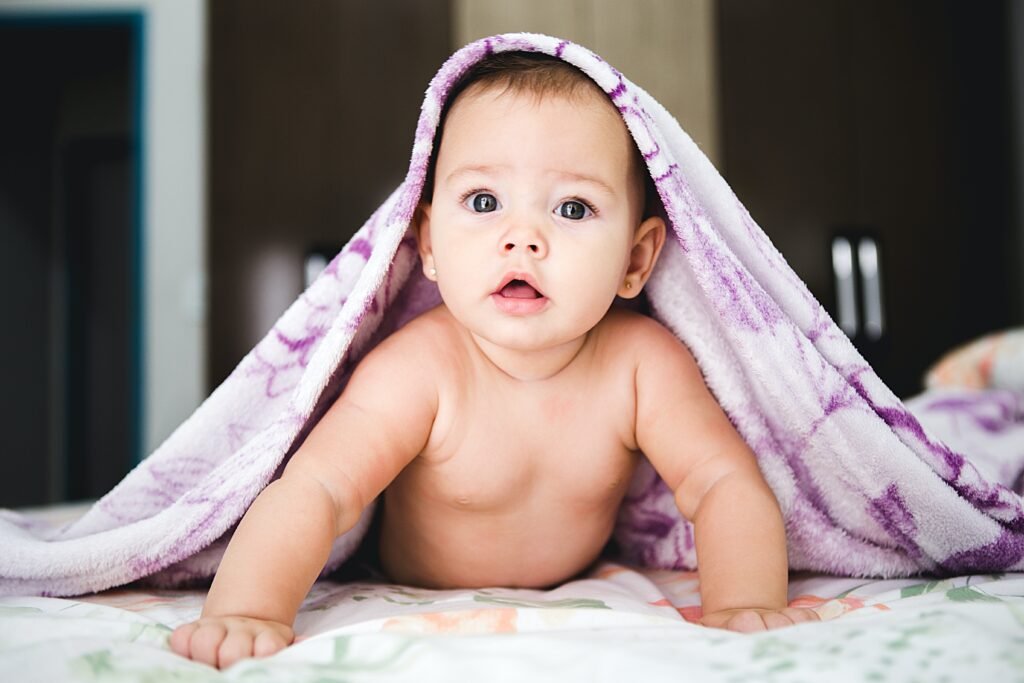
General Cleaning Guidelines
Before you start cleaning your baby’s toys, it is important to follow some general guidelines to ensure their safety. First, read the manufacturer’s instructions for cleaning, as they may have specific recommendations. Check for battery compartments and remove any loose parts to prevent them from getting damaged during the cleaning process.
Next, make a cleaning solution by mixing water with mild dish soap or white vinegar. Test this solution on a small, hidden area of the toy to ensure that it does not damage the toy’s surface. Once confirmed, you can proceed to clean the entire surface of the toy with the solution. Rinse thoroughly with clean water to remove any residue, and then dry the toy completely to prevent the growth of mold or mildew. If necessary, you can use a disinfectant spray to further sanitize the toys.
After cleaning, it is important to store the toys properly to prevent them from getting dirty again. Make sure they are dry before putting them away, and store them in a clean and dry place.

Cleaning Different Types of Baby Toys
Different types of baby toys require different cleaning methods. Here are some guidelines for cleaning specific types of toys to ensure their cleanliness and safety for your baby.
Stuffed Animals
Stuffed animals are often your baby’s best friends, so it is important to keep them clean. Before cleaning, check for machine-washable tags. If the stuffed animal is machine washable, follow the instructions and wash it in a gentle cycle using mild detergent. For spot cleaning, you can use a damp cloth or sponge with mild soap and water. Avoid saturating the toy, as it may cause damage. After cleaning, allow the stuffed animal to air dry completely. If the fur looks matted, you can gently brush it to restore its fluffiness.
Plastic Toys
Plastic toys are common among babies, and they can easily be cleaned with a few simple steps. Start by removing any batteries if applicable. Then, submerge the plastic toys in a solution of warm water and mild dish soap. Use a soft cloth or sponge to scrub the surface of the toys, paying extra attention to any crevices or hard-to-reach areas. Rinse the toys thoroughly with clean water to remove any soap residue, and then dry them thoroughly before giving them back to your baby.
Rubber or Silicone Toys
Rubber or silicone toys, such as teething toys, can accumulate dirt and bacteria over time. Start by checking for any signs of mold or mildew on the toys. If you notice any, discard the toy immediately as it cannot be properly cleaned. For cleaning, create a solution of warm water and mild dish soap. Submerge the toys in the solution and use an old toothbrush to scrub them, paying particular attention to any textured areas. Rinse the toys with clean water and allow them to air dry completely before giving them back to your baby.
Wooden Toys
Wooden toys add a classic touch to your baby’s toy collection, and they can be cleaned with care. Begin by checking for any loose parts on the toys, such as small attachments or wheels. If you find any, make sure to tighten them or remove them if necessary. To clean wooden toys, wipe them with a damp cloth or sponge dipped in water and mild soap. Avoid soaking the toys, as excessive moisture may cause damage. Dry the toys immediately with a clean towel to prevent warping or cracking.
Teething Toys
Teething toys often go in your baby’s mouth, so it is important to keep them clean and sanitized. If the teething toy has fabric parts, remove them if possible and wash them separately. For the rest of the toy, wash it with soap and water, making sure to rinse thoroughly. To disinfect the teething toy, you can create a solution of equal parts water and white vinegar. Submerge the toy in the solution for a few minutes, then rinse with clean water and allow it to air dry completely.
Bath Toys
Bath toys often get moldy and dirty due to their exposure to water. To clean them, start by squeezing out any excess water from the toys. Then, create a solution of warm water and white vinegar in a bucket or sink. Submerge the toys in the solution and scrub them with a sponge or old toothbrush to remove any soap scum or mold. Rinse the toys with clean water and make sure they are completely dry before storing them.
Electronic Toys
Electronic toys can be a bit trickier to clean due to their internal components. It is important to follow the manufacturer’s instructions for cleaning these toys, as they may have specific guidelines. In general, avoid submerging electronic toys in water. Instead, use a soft cloth or sponge dipped in a mild soap and water solution to clean the surface. Make sure to wipe away any soap residue and dry the toy thoroughly before allowing your baby to play with it.
Fabric/Soft Toys
Fabric or soft toys can easily accumulate dirt and stains, making regular cleaning essential. Depending on the size and type of the toy, you can either hand wash it with mild detergent or machine wash it on a gentle cycle. Before washing, check the manufacturer’s instructions for specific instructions. After washing, thoroughly rinse the toy to remove any soap residue and let it air dry completely. If the toy contains batteries or any electronic components, make sure they are removed before washing.
Metal Toys
Metal toys are often durable, but they can still become dirty and rusted over time. To clean metal toys, wipe them with a damp cloth soaked in warm soapy water. Pay attention to any rust spots and gently scrub them with a soft brush or toothbrush. Rinse the toys with clean water and dry them thoroughly to prevent rust from forming. If you notice any signs of rust that cannot be removed, it may be time to replace the toy to ensure your baby’s safety.
Puzzle Toys
Puzzle toys can be complex to clean due to their multiple pieces. If possible, take them apart to clean each piece individually. Wash each piece with warm soapy water, paying attention to any crevices or hard-to-reach areas. Rinse each piece thoroughly with clean water and dry them completely. Once all the pieces are clean and dry, you can reassemble the puzzle toy and store it in a safe place.
By following these cleaning guidelines and using the appropriate materials, you can keep your baby’s toys clean and safe. Regular cleaning not only helps maintain the toys’ lifespan but also ensures your baby’s wellbeing. Remember to always check the manufacturer’s instructions for specific cleaning recommendations, and look out for signs of wear and tear. With a little effort and attention to detail, your baby’s toys will stay in great condition, ready to bring joy and entertainment to your little one.








